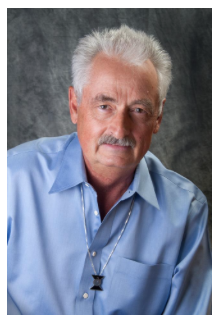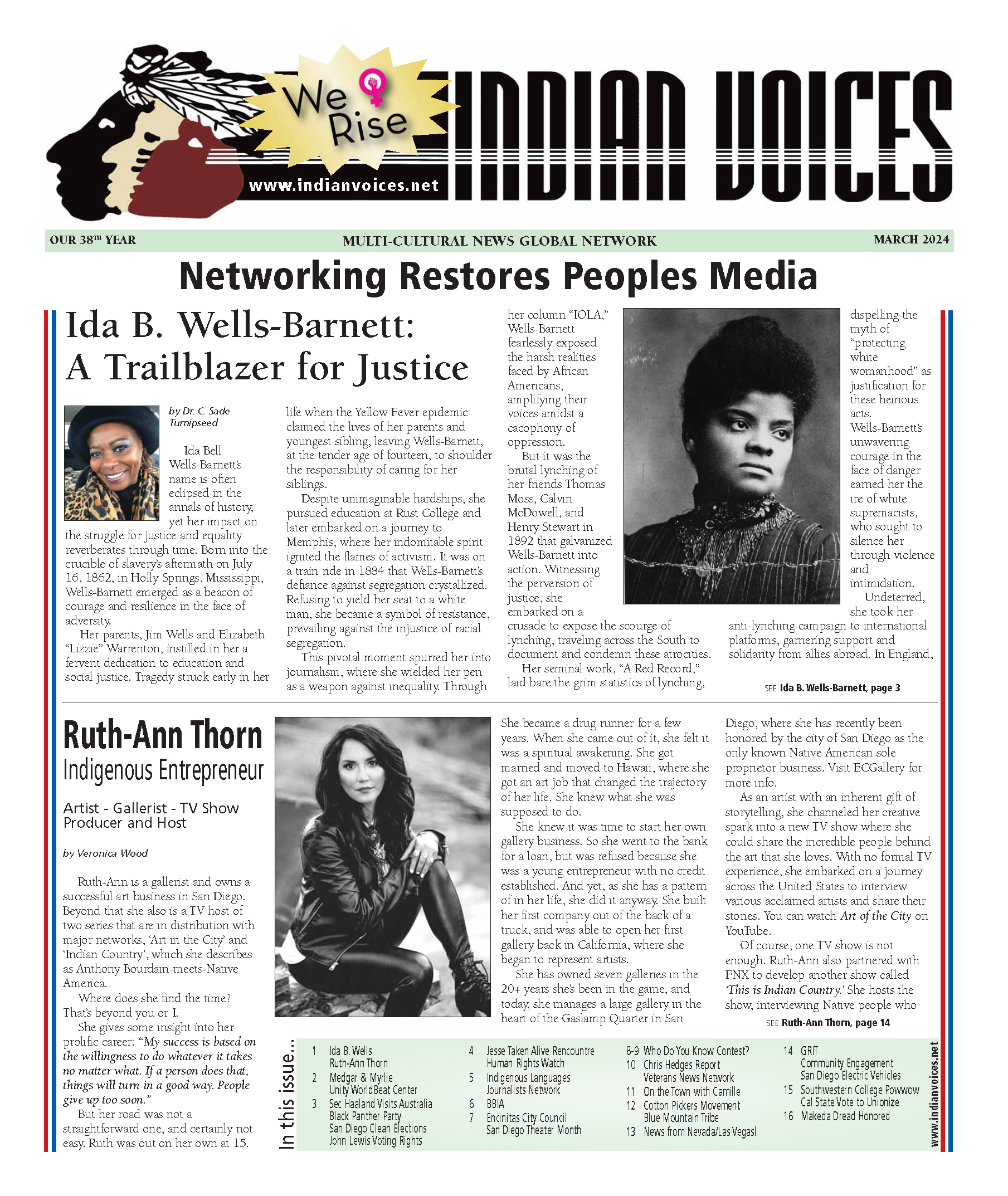Critical Thinking and the Challenge of Complexity
Part IV
by Captain Kevin M. Smith

The challenge of complexity has presented itself in our modern age and it can no longer be ignored. Indeed, in the medical profession, Dr. Atul Gawande, author of The Checklist Manifesto, examined the complexity of modern medicine and was flabbergasted to discover that over the course of a year, the average physician’s office practice (excluding hospitals) required the evaluation of 250 different primary diseases, made more structurally complex by 900 other active conditions. Given the availability of 300 different medications and more than 100 laboratory tests, the physician’s workday has become an exercise in extreme complexity management.
The National Transportation Safety Board’s report on an airline accident at Chicago’s Midway Airport, as well as subsequent studies by experts, reveals once again the extraordinary problem of managing complexity in air carrier operations. Examination of the accident revealed that during the course of the mission, the flight crew was faced with nine distinct operational risk factors, including an improperly designed computer information system (human design error), vital operational information that was either missing or unreliable, and the unexpected onset of unstable flight conditions. That the flight crew had entered a zone of confusion during the final portion of the mission was painfully obvious. More distressing, however, was that the modern crew station did not provide any meaningful help in complexity management, largely because the designers did not anticipate such a requirement.
And it gets worse. Dietrich Dorner, winner of the Gottfried Wilhelm Leibniz Prize, the highest honor for research in Germany, and his colleagues at the Max Planck Institute, devised a simulation of a region of west Africa near the Owanga River called “Tanaland.” While Tanaland is not a real place, it simulates real world conditions.
Lanu is the town in Tanaland and is surrounded by orchards, gardens, and forests. Twelve participants were given the task of promoting the well-being of the residents of the area, utilizing all of the resources available. All of these resources were specified and the objective was to optimize the individual and overall performance of this resource cluster so as to promote well-being and satisfaction of the residents.
Many of the participants, focusing on managing individual resources and conditions, initially were able to increase food production, reduce infant mortality, and deliver more water. But then disaster struck. A famine hit the area at about year six that could not be reversed. Many died and the region was reduced to a primitive Stone Age culture for the survivors.
A few of the participants performed well and were able to install a viable economic system that achieved most of the objectives. These individuals differed with their colleagues who performed poorly in the particular patterns of thought that they employed. We will first discuss the patterns of thought for the poor performers, and then contrast these with the successful performers.
Simply put, the poor performers did not appreciate that they were involved in a complex situation which requires, above all else, the ability to manage complexity. They simply applied their everyday approach, which was largely ad hoc. The most important cognitive error of this poor performing group was that they considered events, conditions, and resources as isolated. As such, their model of reality was discrete, disconnected units which required them to manage one thing at a time. This proved to be a disaster. Other performance degrading patterns of thought were that consequences of their actions were almost always never considered, assuming instead the high utility of each initiative. The ability to focus on that which was important was impaired, and aimless switching between competing attention items occurred. Lastly, many assumptions were never tested.
The thought patterns of high performers were distinctly different. The biggest difference was this group managed complexity well. This was largely because the entire system was always taken into account. Causal links between events and resources were considered. The model of reality was composed of a coherent conceptual structure instead of discrete components. Assumptions were evaluated for their accuracy, a problem definition was created, and self-critique occurred.
The best way to manage complex situations is to engage the critical thinking process like the high performers discussed above. Critical thinking is a defined, analytic process that provides serious and highly effective solutions to the quagmire of complexity. Critical thinking is a skill that can be learned, lends itself to practice, and when used with intent will produce exceptional results.
It is generally agreed that a situation with as little as three interacting parts is complex. If you were to construct a three by three matrix, a total of nine combinations would be possible. Thus the mathematical formula is the square of the individual units equals the complexity number. So for three individual units or elements, as long as they contain interacting characteristics, the number of elements explodes to nine. Since it has been established that humans can only deal with a maximum of seven units at any given time, complexity prevails.
In the example above, the flight crew had to deal with a total of nine interactive risk elements at the same time. Thus the complexity picture is calculated to be nine squared, or a total of 81 elements. Without proper support, this number is far beyond human capability.
Critical thinking insists that we view the world as a set of systems. A system is something that has many interrelated parts. These interrelated parts interact and produce something that contains attributes of both. A system can be a semi-permanent feature of reality, like a modern aircraft, or an emergent phenomena like a complex situation. Either way, one must use critical thinking if one desires to achieve success.
So how can critical thinking help? First, understand that actual situations are rarely revealed in a simple and straightforward way. As a consequence, you must employ critical thinking from the beginning and insist on spending quality time in the area of problem definition. Here the actual is clarified by creating a formal definition of the problem. This problem definition must be pure, that is, devoid of any reference to a possible situation. Next you clarify the actual in a way that revealed many hidden components of the situation. Then, and only then, do you go to the solution step.
Our success, when confronted with complex situations, depends on our pattern of thought. Some patterns are useful and others are not. Thus we must distinguish between the two. One critical pattern of thought that comes up time and again is that we must consider interactions and event clusters rather than individual discrete units when attempting to intervene in a situation or problem. This means that we must consider that we are dealing with systems, not isolated occurrences.
One of the most important recent developments in critical thinking is the soon-to-be-available Critical Thinking Essential Handbook. This we will cover next.
Captain Kevin M. Smith, USN (Ret.) is a noted author, speaker and pioneer in the field of applied critical thinking. Captain Smith’s four book series on critical thinking is entitled “Commitment to Reason”. For bookings and media inquiries contact Andre' Haynes from EMG Communications online at www.EMGnv.com.


